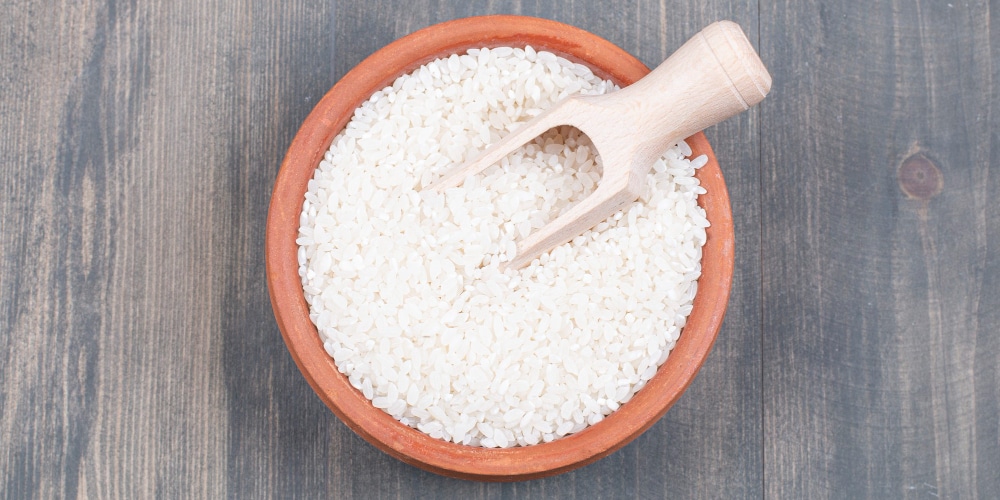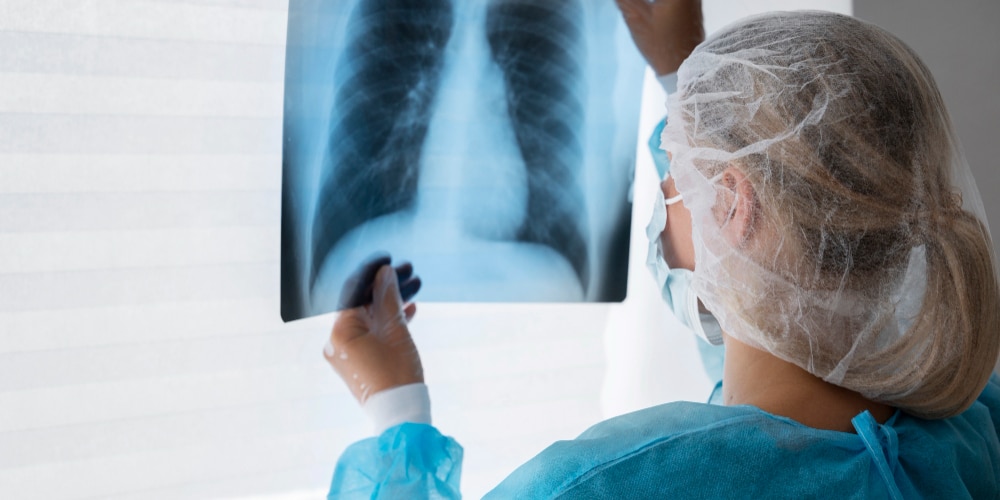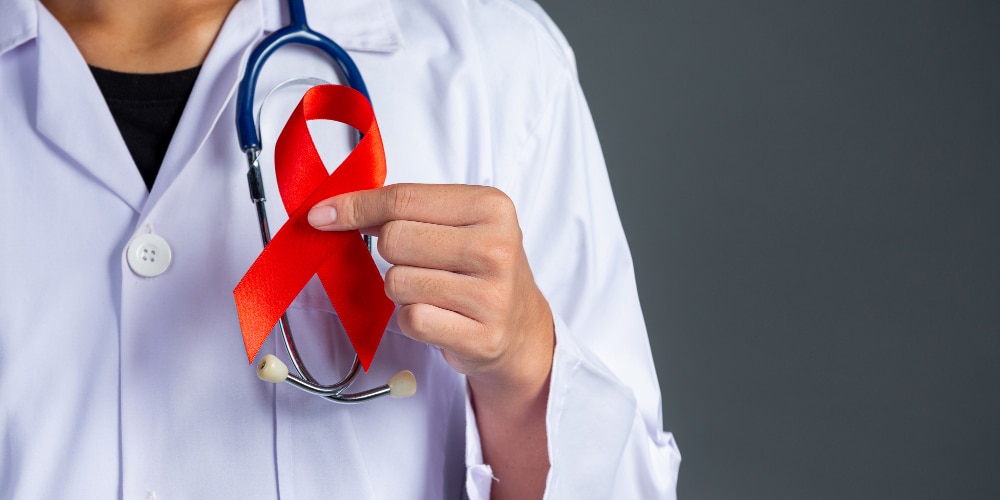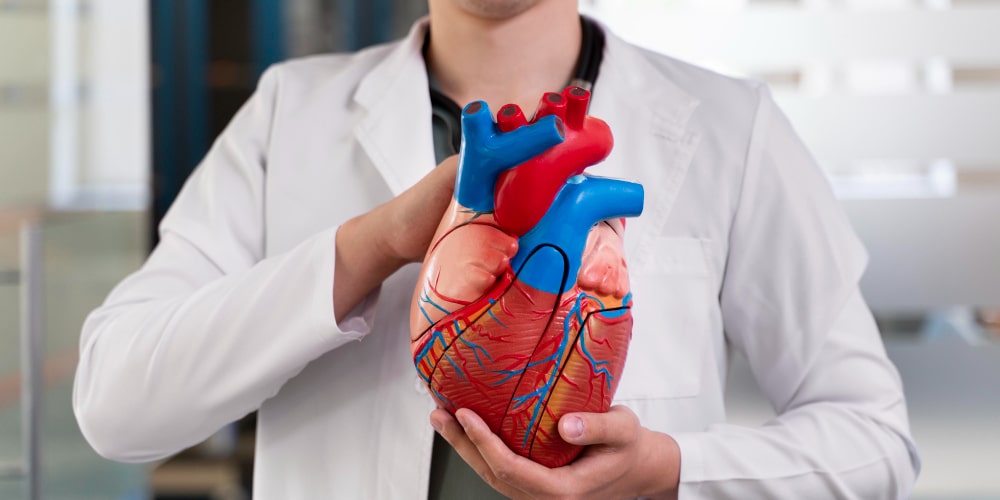Latest
The silent epidemic: Non-Alcoholic Fatty Liver Disease on the rise in India
Non-alcoholic fatty liver disease (NAFLD) affects nearly 39% of Indian adults, making it a rising public health concern
Author
Author
- admin / 8 months

- 0
- 5 min read
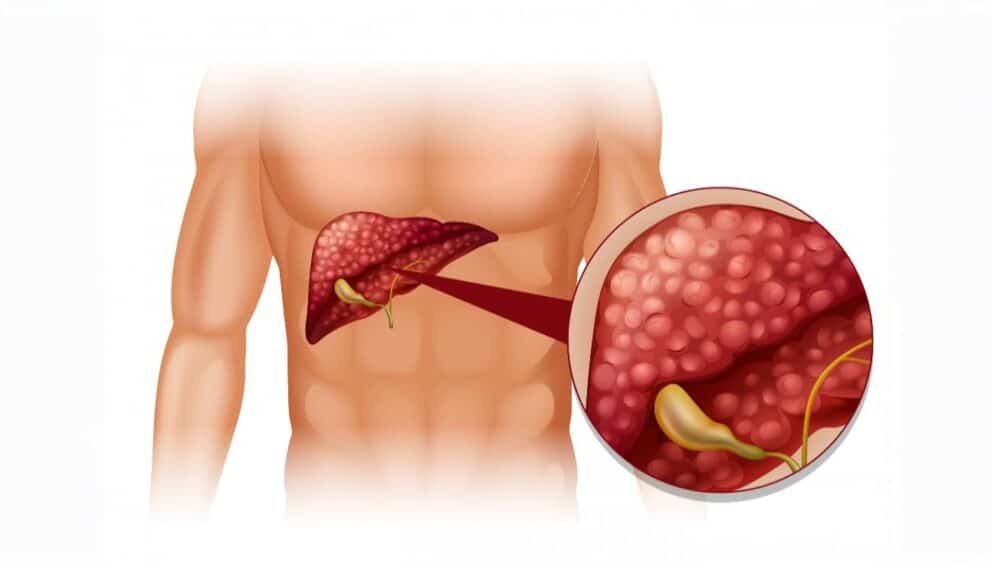
Author
Did you know that even if you don’t drink, you could still get Liver damage? And, no, it’s not because someone punched you in the gut. It’s called the non-alcoholic fatty liver disease or NAFLD in short, which is First Check’s focus for the World Liver Day.
Non-alcoholic fatty liver disease is rapidly emerging as a major public health challenge in India and worldwide, affecting roughly one in four adults globally and an estimated 38.6% of adults in India, according to recent studies. Defined as a condition where fat builds up in the liver even without alcohol take, it is characterised by excessive fat accumulation in the liver unrelated to alcohol consumption. NAFLD ranges from simple steatosis to non-alcoholic steatohepatitis (NASH), which can lead to fibrosis, cirrhosis, liver failure, and even liver cancer.
NAFLD is a growing concern in India. In September 2024, the Union Health Ministry had revised Operational Guidelines and Training Module of Non-Alcoholic Fatty Liver Disease, and the then Health Secretary had called it a “major public health concern,” at the time.
“NAFLD is rapidly emerging as a major public health concern, closely linked with metabolic disorders such as obesity, diabetes and cardiovascular diseases. Out of 10, one to three people can have NAFLD which highlights the impact of the disease,” the then Health Secretary, Apurva Chandra, had said.
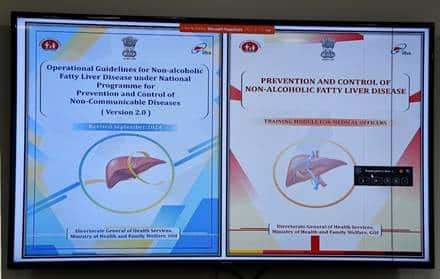
The situation does not appear to have changed much. In March 2025, the government told parliament that “as per studies, Non-Alcoholic Fatty Liver Diseases (NAFLD) community prevalence ranges from 9% to 32%.”
First Check spoke to two renowned hepatologists, Dr SL Broor from Apollo Hospital, New Delhi and Dr SK Acharya, ex-HoD of the Department of Gastroenterology at AIIMS New Delhi to understand the dangers posed by the rising prevalence of NAFLD.
Dr SL Broor has been with one of India’s top healthcare providers, Apollo Hospitals, and has played a role in a report titled “Health of Nation” published by Apollo. In it he says, they found that of over 2 and a half lakh individuals they had screened from all over India, “nearly 65% of those tested had fatty liver, with 85% of these cases being non-alcoholic in origin.”
Dr Broor described this as a “silent epidemic,” stating, “NAFLD often progresses without symptoms until it reaches advanced stages like cirrhosis or liver failure. Early detection is critical, but unfortunately, most cases remain undiagnosed until complications arise.”
Lifestyle changes will pre-empt fatty liver disease
The disease is closely linked to metabolic dysfunction. “NAFLD is not just a liver issue; it’s a systemic problem linked to obesity, insulin resistance, and high cholesterol. The key to managing the illness is addressing these underlying causes. Even a modest weight loss of 5-10% can have a profound impact on liver health,” said Dr Broor, emphasizing lifestyle changes, like regular exercise, as the cornerstone of treatment.
Dr SK Acharya echoed the same thoughts regarding NAFLD having emerged as a silent epidemic in the country. “The number of cases we’re seeing is alarming. When I was at AIIMS, and this is a decade ago, from then to now, the rise has been a steep slope. We’ve seen an increasing number of people coming into urban centres. NAFLD is a very urban disease too, you don’t see people from rural areas with NAFLD as they’re physically more active. Lack of exercise and sleep are the two most basic reasons behind increase in fat deposits,” he said.
Dr Acharya shared a study published in the Journal of Clinical and Experimental Hepatology that illustrated the prevalence of NAFLD. It is a thorough meta-analysis that examined 50 Indian studies with a total of over 26,000 participants. According to the study, approximately 39% of Indian adults suffer from NAFLD, with regional variations in prevalence rates ranging from 6.7% to 55.1%. Additionally, it emphasized that the prevalence of obesity, diabetes, and coronary artery disease is 52.8% in high-risk groups, which is significantly higher than the prevalence of 28.1% in average-risk individuals. The estimated prevalence of NAFLD in children was 35.4%, with obese children having a significantly higher rate (63.4%) than their peers who are not obese (12.4%).
Dr Acharya explained how difficult it is to diagnose NAFLD. “With something like NAFLD the timing is everything and in most cases by the time the patient reaches us it’s too late. It progresses slowly and most people as in India, as you know, dismiss these things. We don’t like to visit the hospital unless there’s no other option. Exercise and regular checkups, especially for middle-aged people are a must. People dismissing discomforts are not a good sign and that’s how the disease progresses,” he said.
Although research is ongoing, there are currently no approved drugs specifically for NAFLD or its most severe form called Nonalcoholic steatohepatitis (NASH). “The future of NAFLD treatment lies in targeted therapies that address inflammation and fibrosis while also tackling metabolic dysfunction,” says Dr Acharya, who is optimistic about upcoming treatments.
However, currently, the best bet is prevention and awareness. “We need to educate people about the importance of regular health check-ups and lifestyle changes to protect their liver health,” Dr Acharya says. “With early intervention and lifestyle changes, NAFLD is largely preventable. We can avoid serious issues tomorrow by giving liver health top priority today,” he added.
Coordination between researchers, policymakers, and healthcare professionals is crucial to reducing the effects of NAFLD as it continues to rise in India and around the world.
Also read: NAFLD: Causes, Symptoms, Risks & Prevention Methods
(Do you have a health-related claim that you would like us to fact-check? Send it to us, and we will fact-check it for you! You can send it on WhatsApp at +91-9311223141, mail us at hello@firstcheck.in, or click here to submit it online)
